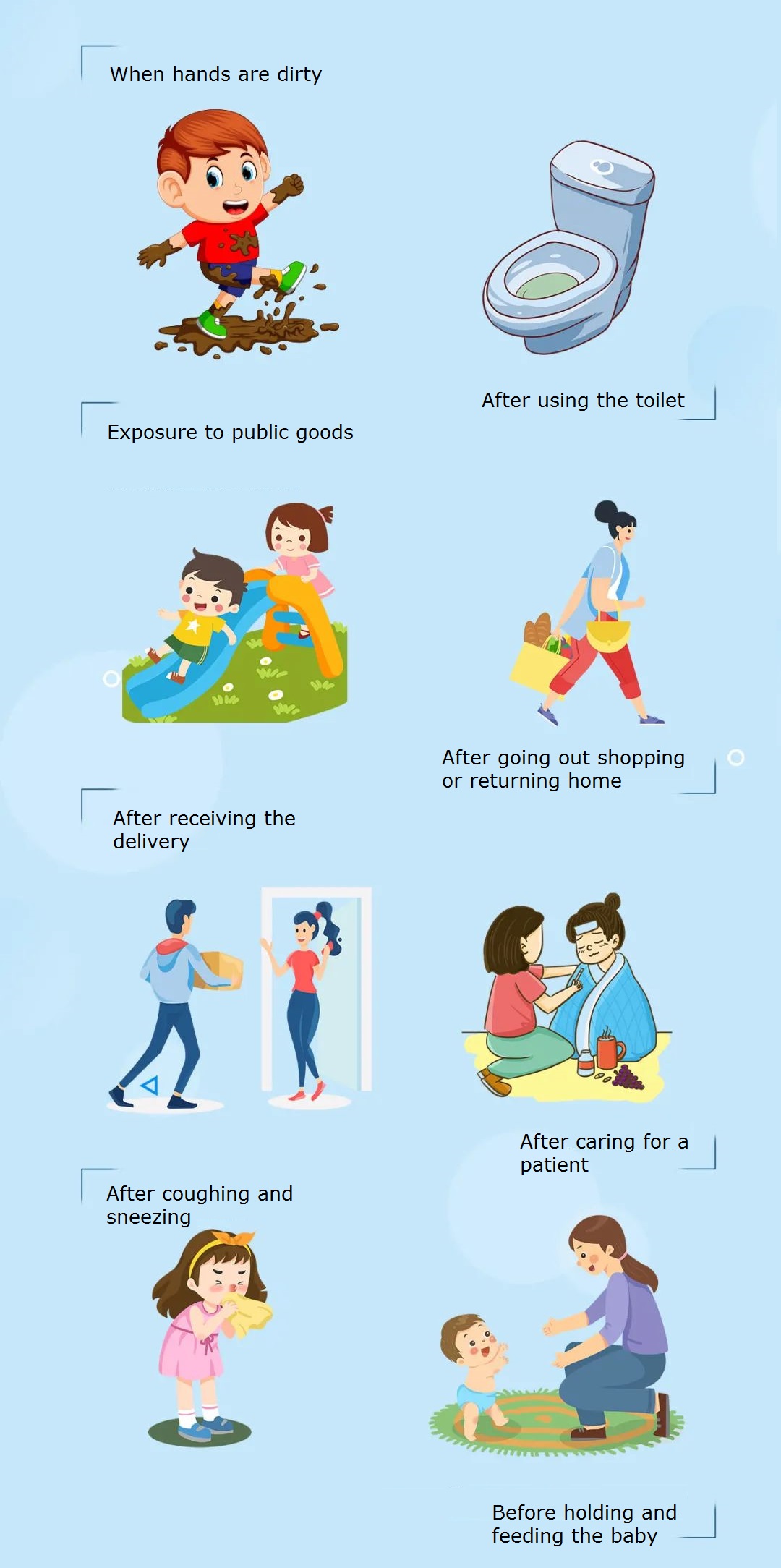Global Handwashing Day
2021 is the 14th annual Global Handwashing Day. The theme is "Our Future is at Hand-Let's Move Forward Together."
In 2005, the World Health Organization called on the world to prevent infectious diseases through the simple but important act of "hand washing" and the spread of the scientific concept of "hand washing before it happens.
How can hand washing be connected to life?
The reason has to start with Vienna, Europe, more than 150 years ago ......
01
In the 19th century, puerperal fever suddenly became prevalent in the then developed Europe, resulting in several maternal deaths.
After observation, Dr. Semmelweis at the Vienna Hospital deduced that the doctors went to deliver babies without washing their hands immediately after decorticating the infected bodies, and that the lack of effective hand cleaning and disinfection caused the mothers to contract something and die.
He then tried to implement a system of using hand washing basin in the delivery room: doctors had to wash their hands thoroughly before examining a patient. In the two months that this initiative was in place, the death rate in the maternity ward was reduced from 10.65% to 1%.
02
He later developed a mental illness due to chronic depression and died of sepsis caused by a bacterial infection, a disease he had fought all his life.
03
Over the next 10 years, the spread of hand washing and disinfection habits reduced the postoperative mortality rate from 45% to 15% throughout Europe, saving hundreds of millions of lives. Portable hand washing sink have also become popular
04
In the new coronavirus protection guidelines recommended by the World Health Organization, the first one is to wash hands regularly, why is it so important to wash hands regularly?
The study found that.
- For every square meter of space on Earth, there are 800 million viruses.
- Hands are the most exposed part of the human body, with the most direct contact with the outside world, and the most vulnerable to contamination.
- In one square centimeter of the palm of the hand can gather 3500-4500 bacteria, and each nail crevice within the presence of 45-50,000 bacteria.
- After going to the toilet, a person's hands may be covered with 20-30,000 bacteria. On average, unwashed hands carry 20-30 pathogenic bacteria such as E. coli, trachoma, typhoid, and dysentery bacteria.
- People make many small unconscious hand movements. Studies have found that people touch both parts of the body about 23 times in an hour, or once every 2.6 minutes. About 44% of the touches are on areas with mucous membranes such as the mouth, nose and eyes, which are also areas where pathogens can easily be introduced into the body.
Clean hands.
Safe hands.
To really wash your hands well, scrub your hands carefully in the right way under running water for 20 seconds or more to wash away more than 95% of the bacteria on your hands.

06
Before touching "susceptible" areas, such as eyes, nose, mouth, and after touching contaminated objects.

Just as humans first recognized germs more than 100 years ago, new tubeworms are a new challenge for humans at this time. Proper hand washing, while insisting on wearing a mask and maintaining a safe social distance, is also a "powerful tool" to stop the spread of Neoplastic pneumonia.





